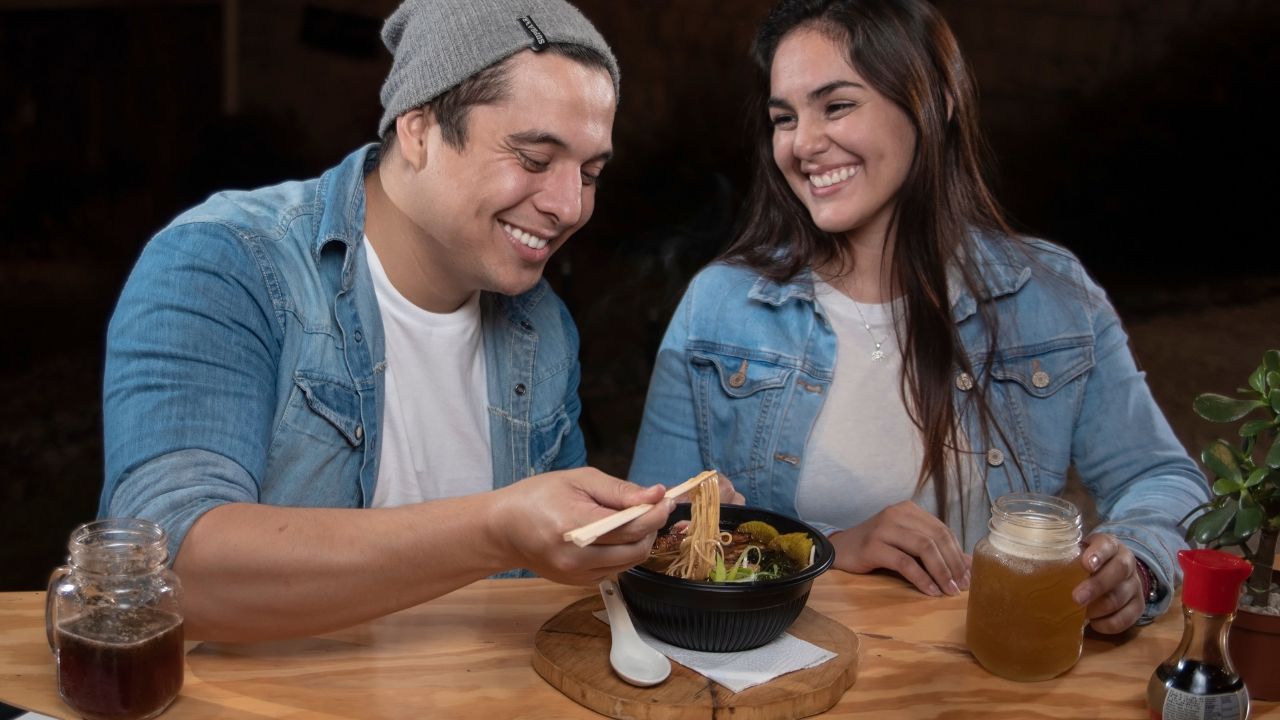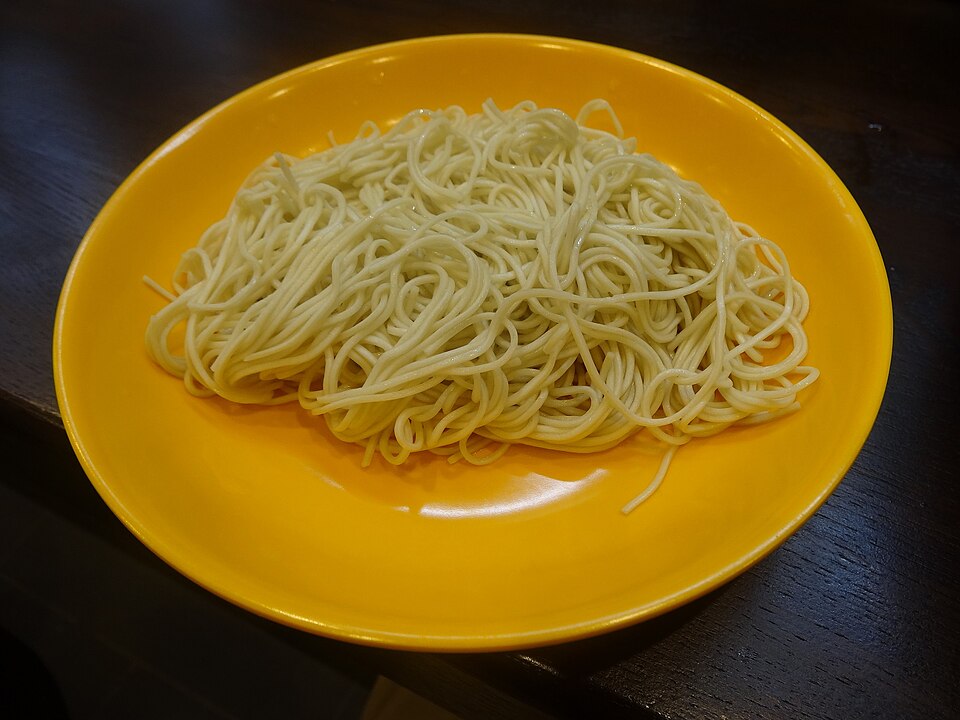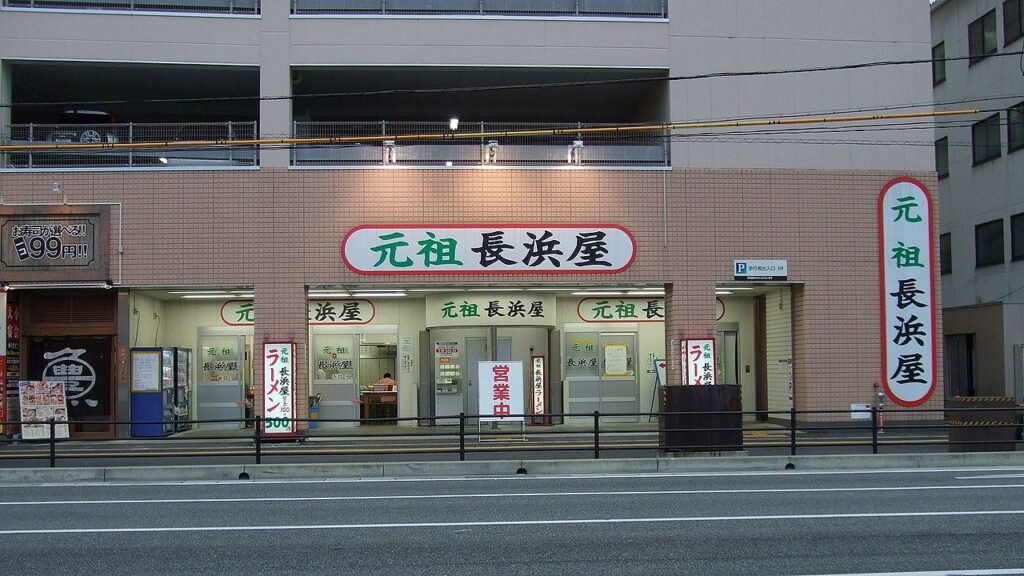Ramen restaurant asks “Should two adults be allowed to share one bowl of noodles?”
Last Updated on April 19, 2025

A recent social media post by a ramen restaurant in Japan has ignited a lively debate regarding dining etiquette.
The question asked whether it is acceptable for an adult couple to share a single bowl of ramen and then request a “kaedama” – a refill of extra noodles which is typically offered at a lower price than ordering a full bowl.
The post from the owner of the Rich Tonkotsu Ramen Daruma Ikka Utsunomiya restaurant, located in Tochigi Prefecture, questioned the acceptability of this behavior from a business perspective, highlighting the low cost of a noodle refill compared to a full bowl of ramen as potentially leading to reductions in revenue.

“Kaedama” is a unique feature often associated with Hakata-style ramen, characterized by its thin noodles that tend to become soggy quickly.
This system allows customers to order an additional serving of noodles to enjoy with the remaining soup from their initial bowl, typically offered at a significantly lower price than a full order.

The concept traditionally assumes that each diner orders their own initial bowl of ramen.
The ramen shop owner’s query was simple, but has received significant attention and a multitude of responses online.

“I want to ask you all if it’s okay or not!! We are a tonkotsu ramen shop, so we offer extra noodles.
What do you think about an adult couple coming to the restaurant, sharing one bowl of ramen, and then asking for extra noodles?
The customer can eat cheaply that way, but from the restaurant’s point of view, it seems unacceptable.”
A substantial number of commenters expressed agreement with the ramen shop owner’s viewpoint, deeming the practice unacceptable.
Opinions ranged from simple disapproval to more emphatic statements:
- “It’s impossible, it’s absurd!”
- “I am a restaurant owner, and this is not possible. Two people sharing a table and ordering one dish is against the rules.”
- “No, that’s outrageous!”
- “It’s so stingy to come as a group of two and only order one bowl and then ask for a refill.”
- “No way, I would never do something so embarrassing as that.”
Many argued that the low price of kaedama, sometimes even offered for free, is predicated on the assumption that each customer has already purchased a full bowl of ramen.

Sharing a single bowl and then utilizing the refill service circumvents this assumption and potentially impacts the restaurant’s profitability, especially considering that two individuals occupy seating and utilize resources.
Several commenters pointed out the implicit expectations of dining in a restaurant:
- “If you want to order extra noodles, you have to order one full bowl first for each person.”
- “If two adults visit a restaurant, they will naturally use two seats. The restaurant provides tables and seats with the expectation of receiving one order per seat/customer, so it’s strange to only order one serving if you’re using two seats.”
- “If you’re not ordering a dish, don’t use the seat.”
- “If you sit down, you will consume water and tea, also the restaurant will have to wash the cups and chopsticks you used, so it wouldn’t be profitable if you don’t order something.”
In response to perceived increases in customers not adhering to basic dining etiquette, some suggested that restaurants should implement clearer policies:
- “Why not try putting up a sign? Recently, there are many people who do not understand the basic rule of one drink per person, so some are saying that restaurants should take measures such as posting signs.”
- “How about putting up a sign saying, ‘Those who wish to use a seat must order at least one ramen dish.'”
- “In ‘Udon Prefecture (Kagawa)’, many restaurants have signs saying ‘Please order one bowl per person’ because tourists want to visit multiple restaurants and share.”
- “Let’s put up a sign saying one item per person. Common sense doesn’t work these days.”
- “Now I understand why so many restaurants have signs saying one order per person.”
- “Maybe it would be better to put up a sign saying ‘Please order one bowl per person.”
However, not all opinions sided with the restaurant owner.
A minority of commenters expressed a more lenient view:
- “Although it is a ramen restaurant, I think it is okay. Since we place a high priority on the pursuit of customer satisfaction, I think of it as a way of contributing to society.”
- “Maybe that customer will come back later and order more or bring a friend.”
This more accommodating perspective suggests that prioritizing customer experience and potential future business might outweigh the immediate loss from a shared bowl.
However, even this viewpoint acknowledged the potential for operational challenges if a significant number of customers adopted this sharing practice.

The ramen shop owner who initiated the discussion also noted that half-portions of ramen are available at their establishment, potentially offering a compromise for customers with smaller appetites who might otherwise consider sharing.
The online debate shows the delicate balance that food establishments have to navigate, so as to provide affordable options for customers whilst also ensuring the financial viability of restaurants.
While customers seek cost-effective ways to dine, restaurants operate on the expectation that each occupied seat contributes to their revenue as much as the next.
Source: Threads
